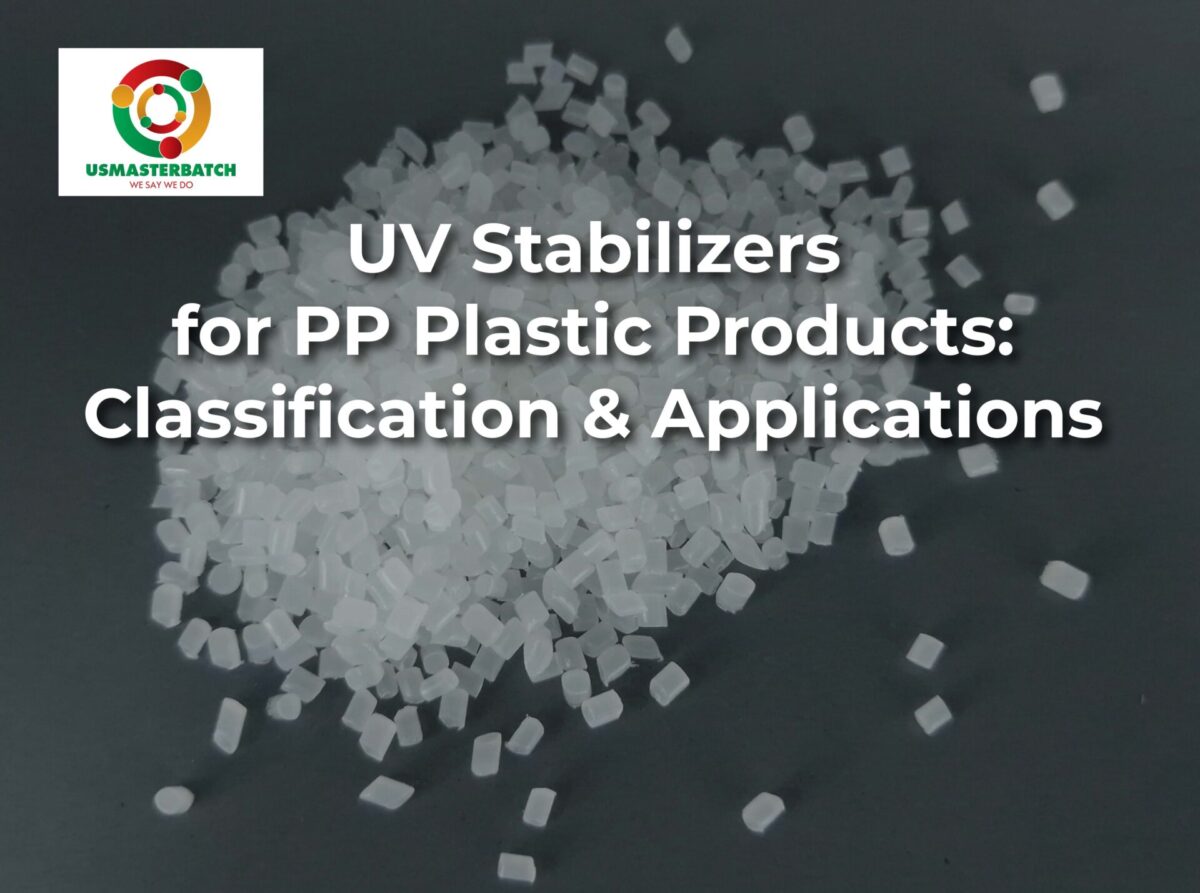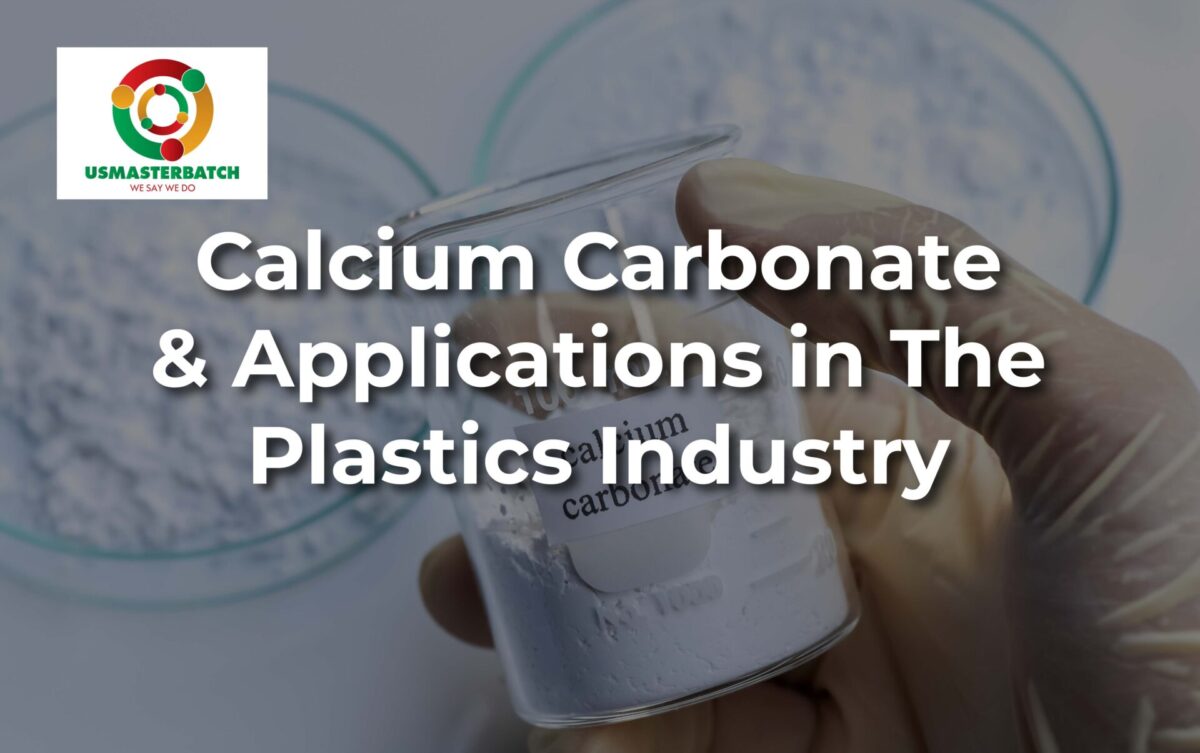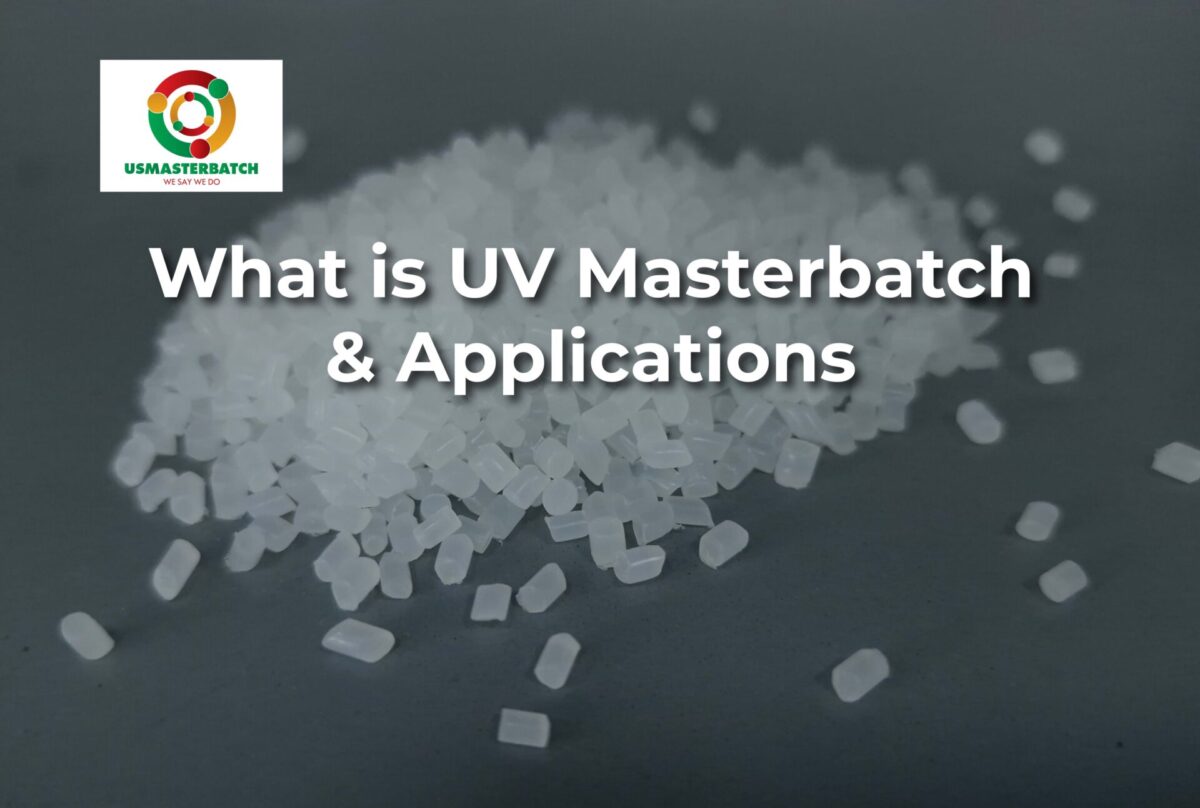
What is PBAT (Polybutylene Adipate Terephthalate)?
1. Introduction: When the World Searches for Eco-Friendly Materials
Plastic pollution has become one of the most serious challenges of the 21st century. Millions of tons of plastic bags, packaging, and single-use films are overflowing oceans and landfills, with decomposition times that can span hundreds of years.
In this context, bioplastics – biodegradable plastics have emerged as a sustainable solution. Among the various types of bioplastics being researched and commercialized, PBAT (Polybutylene Adipate Terephthalate) stands out as an ideal “bridge” between conventional plastics and eco-friendly materials.
PBAT not only provides flexibility and mechanical strength similar to PE, but also biodegrades completely, helping reduce plastic waste and moving towards a circular, green economy.
2. What is PBAT? Composition and Key Properties
🔬 What is PBAT?
PBAT stands for Polybutylene Adipate Terephthalate, a biodegradable polyester. It is a thermoplastic polymer, which can be melted and reprocessed multiple times, just like conventional plastics.
⚗️ Chemical Composition
PBAT is synthesized from three main compounds:
- Adipic acid (AA) – provides flexibility
- Terephthalic acid (TPA) – ensures strength and stability
- 1,4-Butanediol (BDO) – forms flexible polymer chains
Thanks to this combination, PBAT has a hybrid structure, with soft aliphatic segments for flexibility and rigid aromatic segments for strength, allowing it to be flexible like PE while also being biodegradable under industrial composting conditions.
⚙️ Key Properties
- Highly flexible and elastic (elongation at break 400 – 700%)
- Good impact resistance, not brittle like PLA
- Completely biodegradable into CO₂, H₂O, and biomass
- Safe and non-toxic, suitable for food packaging
- Easy to process using extrusion, blow molding, and injection molding
3. PBAT Compared to PE, PP, and PLA
PBAT is often regarded as the “biological version of polyethylene (PE)” – similarly flexible and soft to the touch, but with a major difference: biodegradability.
| Property | PBAT | PE (LDPE/HDPE) | PP | PLA |
| Melting temperature (°C) | 110–120 | 105–135 | 160–170 | 150–160 |
| Tensile strength (MPa) | 10–40 | 8–35 | 30–40 | 50–70 |
| Elongation at break (%) | 400–700 | 100–600 | 200–800 | 3–10 |
| Biodegradable | ✅ Yes | ❌ No | ❌ No | ✅ Yes |
| Rigidity | Flexible | Soft – Medium | Rigid | Rigid, brittle |
| Price (USD/kg) | 2.5–4.0 | 1.0–1.5 | 1.2–1.8 | 2.0–3.0 |
👉 Summary:
- PBAT is flexible like LDPE but environmentally friendly.
- Compared to PLA, PBAT is less rigid but more flexible and easier to process.
- Therefore, PBAT is often blended with PLA or starch to optimize mechanical performance and reduce cost.
4. Real-World Applications of PBAT in Bioplastics
PBAT is currently one of the main materials used in commercial biodegradable plastics. Key applications include:
🛍️ 1. Biodegradable Bags
The most common application of PBAT is in bags.
- Advantages: flexible, strong, impact-resistant, fully biodegradable.
- Use cases: shopping bags, compostable trash bags, fresh food bags.
- Reality: Many “eco-friendly” brands use PBAT blended with PLA or PBAT + corn starch to reduce cost while maintaining durability.

🌾 2. Agricultural Mulch Films
PBAT is used to create soil-covering films, which:
- Retain soil moisture and regulate temperature,
- Suppress weed growth,
- And biodegrade after the growing season, eliminating the need for collection.
Compared to PE films, PBAT significantly reduces labor costs and plastic waste in agriculture.
🍎 3. Food Packaging and Films
PBAT can be processed into thin, transparent, and flexible films, making it ideal for biodegradable food packaging.
- Applications: food wrap, compostable zipper bags, fruit packaging.
- Advantages: safe, non-toxic, printable.
- Limitation: more permeable to water vapor than PET, suitable for dry or short-term storage foods.
📦 4. Biodegradable Packaging and Foam Materials
PBAT can foam and maintain elasticity, making it suitable for:
- Protective foam packaging,
- Cushioning materials.
When combined with PLA or PCL, PBAT produces fully biodegradable foam, replacing traditional EPS.
🩺 5. Medical and Pharmaceutical Applications
Some single-use medical devices, drug packaging, and disposable pouches are made from PBAT due to its biocompatibility and biodegradability.
However, PBAT is not suitable for high-temperature sterilization (autoclaving), as it can only withstand up to ~120°C.
5. Bio compound solutions at US Masterbatch
As the global demand for biodegradable plastics continues to grow, US Masterbatch is proudly pioneering in the research and production of Bio Compounds based on PBAT/PLA resin – materials that combine high performance with environmental responsibility.
Our Bio Compound product line is designed to meet diverse processing and end-use requirements, providing customers with sustainable alternatives for various applications:
| Grades | Main Ingredient | Usage | Melt Flow Rate (g/10min) |
| UBB 002 | PBAT/PLA resin | Extrusion Blow Agriculture Film | 0.3 – 1.0 |
| UBB 100 | PBAT/PLA resin | Blowing Film (Shopping bag, Rolling film, Food bag, Industrial bag, etc.) | 3 – 7 |
| UBB 105 | PBAT/PLA resin | Extrusion (PBAT/PLA Straw Extrusion) | 4 – 6 |
Each product is engineered for optimal balance between flexibility, processability, and biodegradability — suitable for film extrusion, bag production, and straw applications.
In addition to Bio Compounds, US Masterbatch also develops a full range of New Additive Masterbatch solutions that enhance the technical performance of plastic materials. These include:
- Anti-static additives for film and packaging applications.
- UV stabilizers and anti-fog agents for agricultural and food packaging films.
- Anti-microbial additives for hygiene-sensitive products.
- Compatibilizer additives to improve polymer blend performance (PE/PP, PP/PA, etc.).
By combining innovative additive technology with biodegradable compound development, US Masterbatch provides comprehensive solutions for manufacturers aiming to go green without compromising performance.
6. Our Vision – Becoming a Leading Bio Compound Supplier
At US Masterbatch, our mission goes beyond product development — we are committed to driving the transformation towards a sustainable, circular plastic industry.
We aim to:
- Expand Bio Compound production capacity to serve both domestic and global markets.
- Collaborate with research institutes and industry partners to optimize PBAT/PLA performance.
- Promote eco-friendly applications such as compostable bags, agricultural films, and green packaging.
With a focus on innovation, quality, and environmental responsibility, US Masterbatch is determined to become a leading supplier of Bio Compound materials in Vietnam and a trusted partner worldwide — contributing to a greener, cleaner, and more sustainable future.
✨ “Go Green for the Future – Go Green by Boosting Technical Performance” — this is not just our slogan, but our commitment to creating real impact through advanced, sustainable material solutions.











